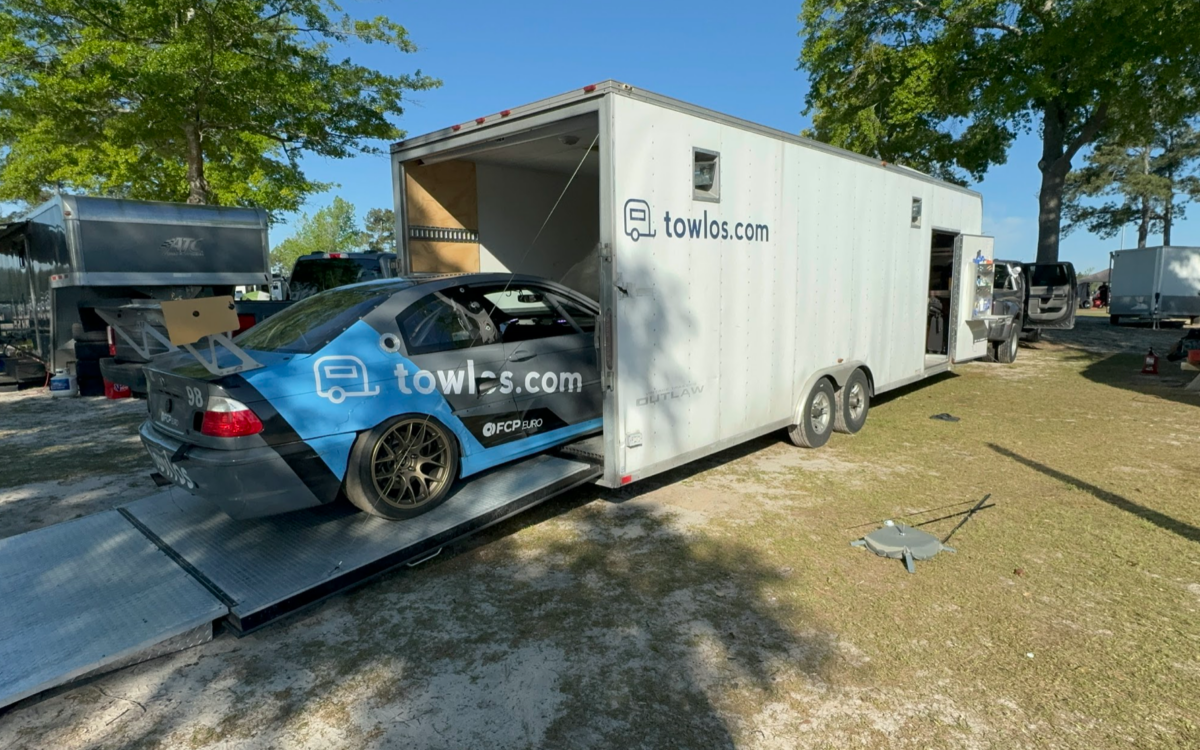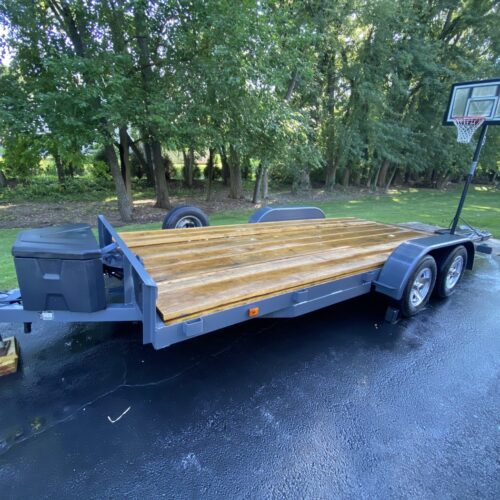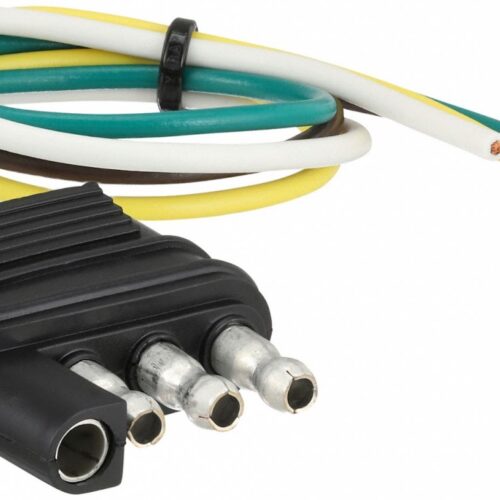When it comes to towing a car hauler trailer, it’s not just about hitching it up and hitting the road. The proper distribution of weight on the trailer plays a pivotal role in ensuring a safe and stable journey. Ignoring this aspect can lead to a range of issues, from decreased fuel efficiency to dangerous swaying on the road. In this blog post, we’ll delve into why weight distribution matters and how it impacts your towing experience.
Understanding Weight Distribution
Weight distribution refers to the way weight is distributed across the trailer and the tow vehicle. A balanced distribution ensures that neither the front nor the rear of the trailer is excessively heavy or light. This balance is crucial for maintaining stability and control while towing.
Importance of Proper Weight Distribution:
- Stability: Proper weight distribution helps maintain stability, preventing swaying or fishtailing of the trailer, especially at high speeds or in windy conditions. When weight is unevenly distributed, it can lead to instability, making it difficult to control the vehicle.
- Handling: A well-balanced load improves handling, allowing for smoother maneuvers and safer driving. It reduces the risk of the trailer veering off course or jackknifing during turns or sudden stops.
- Braking: Balanced weight distribution ensures effective braking performance. When weight is concentrated on one end of the trailer, it can cause excessive strain on the tow vehicle’s brakes, leading to premature wear and reduced stopping power.
- Tire Wear: Uneven weight distribution can cause uneven tire wear on both the trailer and the tow vehicle. This not only affects the longevity of the tires but also compromises traction and grip, especially in wet or slippery conditions.
Tips for Achieving Proper Weight Distribution:
- Use a weight distribution hitch: A weight distribution hitch helps evenly distribute the trailer’s weight across all axles, improving stability and control. It redistributes the tongue weight to the front axle of the tow vehicle and the axles of the trailer.
- Load placement: Distribute the weight of the cargo evenly from front to back and side to side. Place heavier items low and towards the front of the trailer to keep the center of gravity low and minimize sway.
- Check tongue weight: Ensure that the tongue weight (the downward force exerted on the hitch ball by the trailer coupler) falls within the recommended range for your specific trailer and tow vehicle combination.
- Regular inspections: Periodically inspect the trailer and its cargo to ensure that weight distribution remains balanced throughout the journey. Make adjustments as necessary to maintain stability and safety.
Proper weight distribution is not just a matter of convenience; it’s a critical aspect of safe towing. By ensuring that weight is evenly distributed across the trailer and tow vehicle, you can enhance stability, control, and overall safety on the road. Whether you’re hauling a single car or multiple vehicles, taking the time to properly distribute the weight will pay off in smoother handling, improved braking, and peace of mind throughout your journey.




